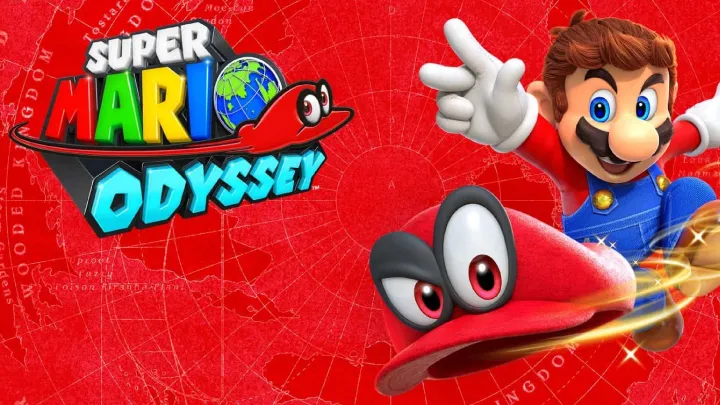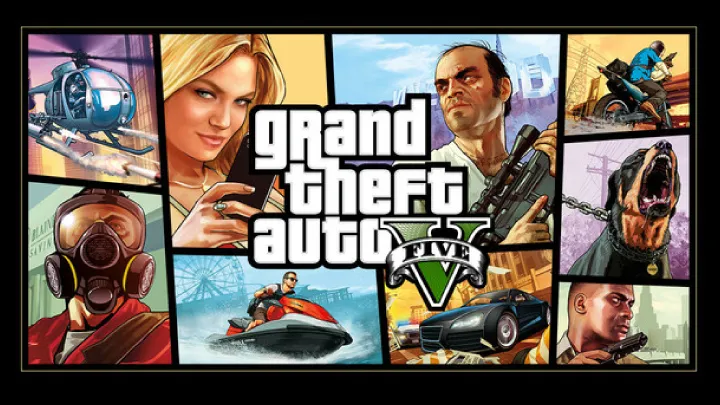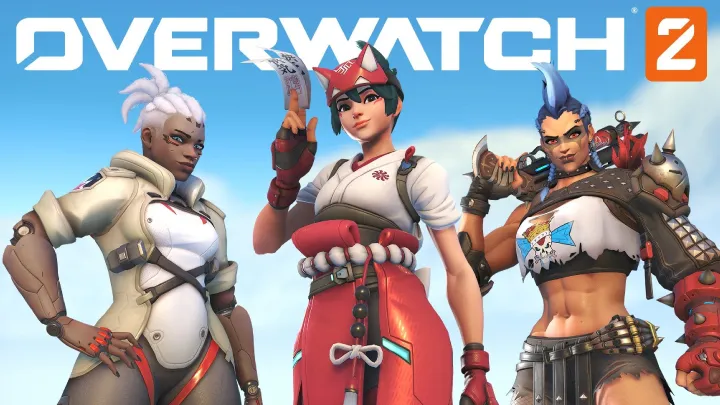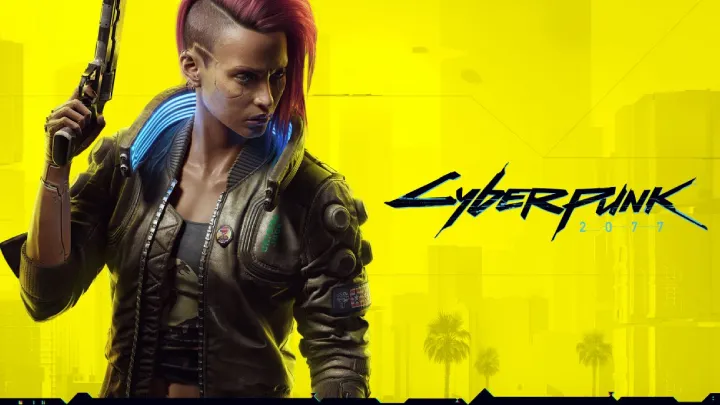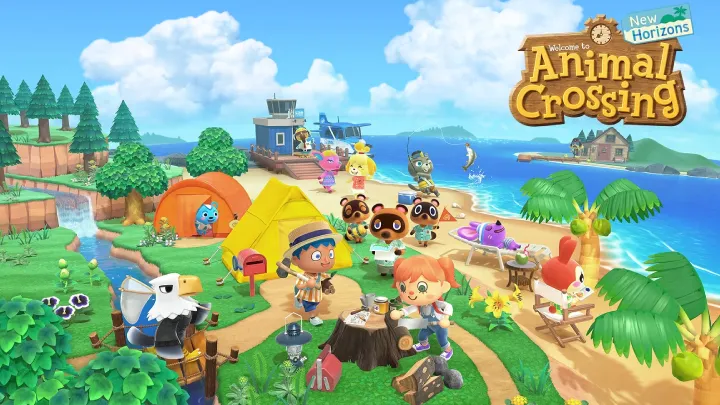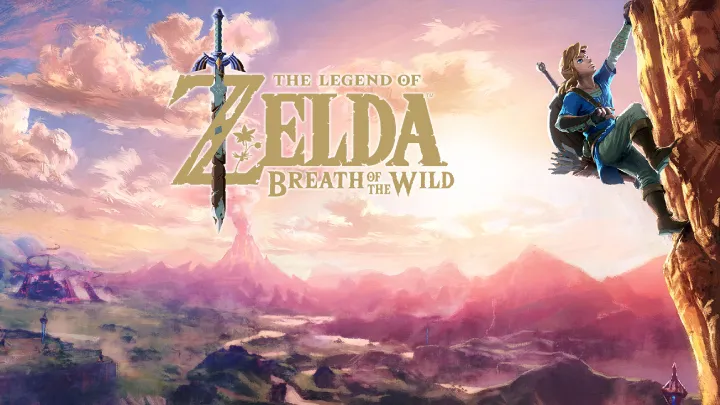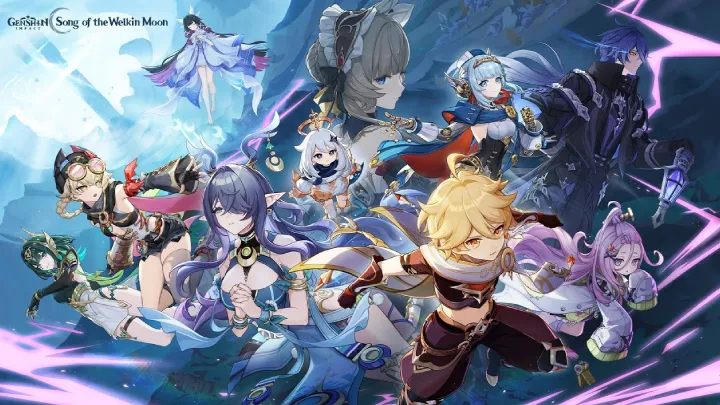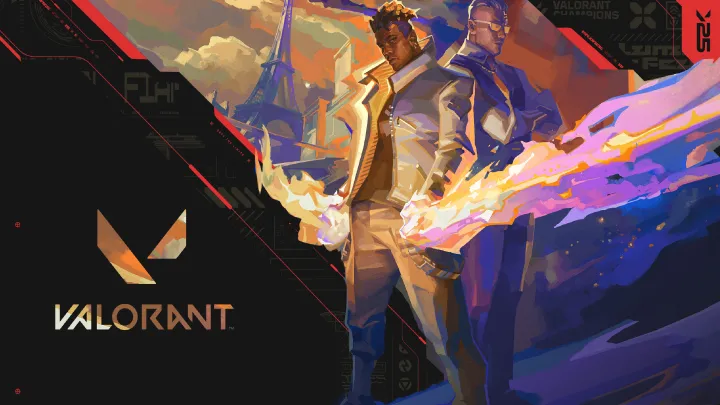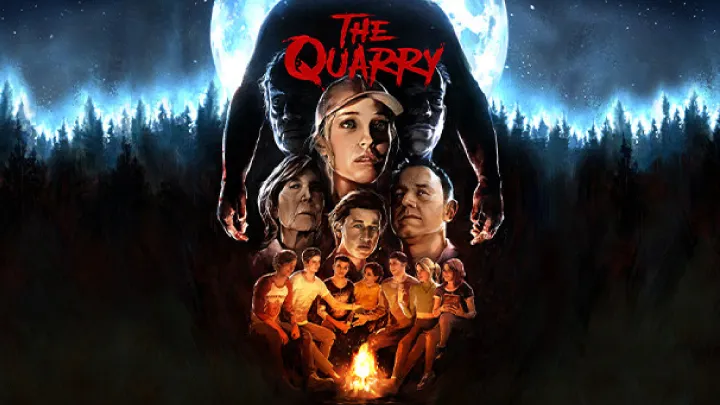
Introduction
The Quarry, developed by Supermassive Games, is an interactive horror game that immerses players in a suspenseful narrative filled with decision-making challenges and high-stakes consequences. As a spiritual successor to Until Dawn, the game takes players through the harrowing experiences of a group of teens stranded at a summer camp, where they encounter supernatural threats and life-or-death situations. A significant issue within The Quarry relates to the intricate dynamics of player choice and the moral ramifications tied to those decisions. This article explores how the game’s narrative structure, character arcs, and thematic depth highlight the complexities of player agency, ultimately shaping the outcome of not only the story but also the players' emotional investments and ethical considerations.
The Narrative Framework: A Branching Chaos
Overview of Game Structure
At its core, The Quarry employs a branching narrative format, allowing players to make choices that impact the storyline and character relationships. The game presents a rich tapestry of interwoven narratives, where seemingly minor decisions can lead to vastly different outcomes. This structure engages players by making them acutely aware of their responsibility for each character's fate.
Importance of Character Development
Character development is pivotal in The Quarry, as players navigate the complexities of interpersonal relationships amidst a terrifying backdrop. Each choice impacts character dynamics and potential survival, creating emotional stakes that resonate throughout the gameplay. Players are not merely tasked with making decisions; they also develop a personal connection to the characters, heightening the tension and emotional investment.
Key Components of the Narrative Framework
- Character Choices: Players must often choose between personal survival and the welfare of their friends, creating moral dilemmas that resonate with the overall narrative.
- Consequential Storytelling: The game emphasizes that every action has ripple effects, instilling a sense of weight and responsibility in player choices.
- Replayability Factor: The branching paths encourage multiple playthroughs, allowing players to explore the various consequences of their actions.
The Interconnection of Choices
As players navigate through The Quarry, they quickly realize that choices are interconnected. A decision made in one part of the game can affect relationships, trust levels, and even survival rates later on. This interconnectedness fosters a deep sense of engagement, urging players to think critically about their choices and the potential outcomes.
The Mechanics of Decision-Making
Choice Types: Minor vs. Major Decisions
The Quarry delineates types of choices, ranging from minor decisions—which might seem inconsequential at the moment—to major plot-defining moments that alter the trajectory of the story. This categorization enhances the gameplay experience, challenging players to assess which decisions merit careful consideration.
Minor Decisions and Their Impacts
Minor decisions often serve to build character relationships or alter dialogue but can still lead to significant ramifications later on. For example, choosing to comfort a friend during a moment of crisis can strengthen bonds but may divert attention when a more critical decision looms.
Examples of Minor Choices
- Dialogue Choices: Selecting responses that shape character perceptions and relationships without immediate consequences.
- Exploration Decisions: Choosing to explore certain areas that may yield information or items useful for later challenges.
- Time Management: Deciding how to spend time during in-game events, directly impacting scenario outcomes.
Major Decisions: Life and Death
Conversely, major decisions often determine the fate of characters. The pressure comes as players face life-and-death scenarios, demanding immediate responses with anticipated moral repercussions. These pivotal moments propel emotional intensity, driving the narrative forward and placing weighty moral dilemmas before players.
Key Major Decisions
- Self-Sacrifice vs. Group Loyalty: Players might choose to act in self-interest or prioritize a friend’s safety at the expense of their own.
- Trustworthiness in Leadership: Decisions that affect group morale and leadership dynamics sway the team's effectiveness against threats.
- Confrontation Choices: Players often choose whether to confront danger head-on or adopt evasive tactics, affecting character survival and emotional outcomes.
The Emotional Weight of Decisions
Ultimately, players navigate through a landscape fraught with emotional stakes. The interplay between choice types reinforces the idea that players must constantly weigh the immediate impacts of their decisions against potential long-term consequences.
Narrative Complexity: Moral Dilemmas at the Core
The Layers of Moral Conflict
Moral dilemmas form the crux of The Quarry, pushing players to confront their ethical standings as they navigate terrifying circumstances. Each decision is steeped in moral complexity, compelling players to consider not just what is best for survival, but also what aligns with their values.
The Spectrum of Morality
The game carefully constructs scenarios that present a spectrum of moral choices. Actions straddle lines between self-preservation, altruism, and pragmatism, allowing players to explore their own ethical boundaries as they make impactful choices.
Navigating Moral Landscapes
- Selfish vs. Selfless Acts: Decisions that favor one’s own safety often offset feelings of guilt and obligation toward other characters.
- Betrayal and Loyalty: Characters frequently find themselves torn between loyalty to friends and the necessity of betrayal for survival.
- Consequences of Trust: Growing suspicions among characters can lead to rifts, altering alliances and forcing players to consider the bigger picture.
Character Arcs and Growth
Throughout these moral dilemmas, the game facilitates character arcs that reflect player decisions. As characters confront the consequences of their choices, their development is impacted in significant ways, emphasizing the gravity of player agency within the narrative.
Emotional Character Dynamics
- Trust and Betrayal: Characters who develop betrayal arcs experience shifts in relationships, which can affect group dynamics.
- Growth Through Adversity: Characters must often evolve in the face of danger, leading to richer developments and nuanced identities.
- Endings Reflective of Choices: Game endings often tie back to the moral decision-making process, underscoring how player agency shapes overall character evolution.
Player Agency and Its Repercussions
The Illusion of Choice
One critical issue that arises in The Quarry is the perceived illusion of choice. While players engage in complex decision-making, the results can sometimes feel predetermined. This creates a tension between the player’s sense of agency and the narrative’s linear underpinnings.
The Gap Between Expectation and Reality
Many players enter the game believing they hold complete control over the narrative. However, they may find that certain choices converge towards similar outcomes, leading to feelings of frustration or disillusionment when the anticipated consequences fail to materialize.
Frustrating Experiences
- Character Deaths: Some players may feel their choices don’t lead to desired outcomes, as certain deaths feel arbitrary despite effort to save characters.
- Lack of Impact: Players might find their actions lead to results that do not align with their moral compass, creating sentiments of powerlessness.
- Final Outcomes: Endings that feel scripted can lead to criticism regarding the authenticity of player agency.
Narrative Design: Aligning Player Expectations
To enhance the experience, it’s crucial for narrative designers to clearly establish the boundaries between choice and consequence. As players navigate moral landscapes, transparency regarding what choices ultimately yield significant outcomes is essential for maintaining their engagement.
The Impact of Multiplayer Dynamics
The Co-op Experience
While The Quarry presents a single-player experience, the potential for multiplayer interactions can enrich the decision-making process, subsequently influencing player choices. The cooperative element adds layers of social dynamics that alter gameplay engagement.
Collaborative Decision-Making
When playing in multiplayer mode, decisions become less about individual agency and more about consensus. Players collaborate during critical moments, sharing insights that affect the group's survival, thus enriching the experience.
Group Choice Dynamics
- Conflict Resolution: Players must often debate critical decisions, navigating conflicting opinions that impact group morale.
- Dynamic Relationships: Each player's decisions can impact others, leading to fluctuating alliances and emotional ties throughout the game.
- Shared Narratives: Group play encourages shared storytelling, as players cooperate to experience multiple perspectives.
The Fragility of Cooperation
However, the multiplayer element also introduces potential conflict. Disagreements can lead to rifts, echoing the moral dilemmas and tensions presented within the narrative. Players may find themselves questioning not just the characters’ choices, but also those of their fellow players.
The Emotional Resonance: A Dual-Edged Sword
Player Attachment to Characters
Ultimately, The Quarry excels at fostering emotional connections between players and characters. As players navigate choices that affect survival, the stakes become increasingly personal, leading to significant emotional investment.
Catharsis and Regret
The emotional weight of choices often results in a cathartic experience. Players may grapple with feelings of regret over specific actions and find themselves haunted by decisions, reflecting on their moral inclinations even after gameplay ends.
Themes of Emotion
- Compassion vs. Self-Interest: Players must contend with feelings of compassion towards others versus the instinct for self-preservation.
- Moral Reflection: The game prompts introspection regarding personal values, showcasing the ethical dilemmas that arise in high-stakes scenarios.
- Consequences of Indecision: Indecision results in its own unique challenges, compelling players to confront the dangers of ambiguity.
A Journey of Self-Discovery
As players navigate their narratives, they undergo journeys of self-discovery. The interplay between agency and emotional stakes enables participants to explore their moral compass within the safe confines of a video game, bridging the gap between gameplay and personal reflection.
Conclusion: The Weight of Choices in The Quarry
The Quarry adeptly combines narrative complexity, emotional resonance, and player agency within a gripping horror experience. The intricate balance between character decisions, moral dilemmas, and emotional stakes creates a compelling gameplay loop that engages players on both intellectual and emotional levels.
Navigating through the multitude of choices, players must grapple with the implications of their actions—not just within the game's universe, but in the reflection of their own moral beliefs. The game’s ability to evoke such intense introspection speaks to the potential of video games as a medium for exploring ethical complexities.
Overall, The Quarry stands as a testament to the power of choice in gaming and its significant impact on player experience, identity, and emotional engagement.









